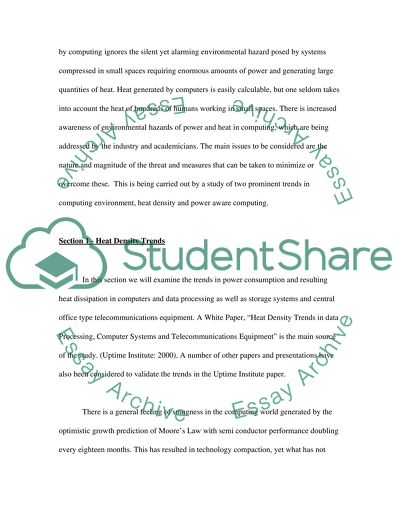Cite this document
(Heat Density Trends in Data Processing Term Paper, n.d.)
Heat Density Trends in Data Processing Term Paper. Retrieved from https://studentshare.org/technology/1536142-current-issues-in-computing
Heat Density Trends in Data Processing Term Paper. Retrieved from https://studentshare.org/technology/1536142-current-issues-in-computing
(Heat Density Trends in Data Processing Term Paper)
Heat Density Trends in Data Processing Term Paper. https://studentshare.org/technology/1536142-current-issues-in-computing.
Heat Density Trends in Data Processing Term Paper. https://studentshare.org/technology/1536142-current-issues-in-computing.
“Heat Density Trends in Data Processing Term Paper”, n.d. https://studentshare.org/technology/1536142-current-issues-in-computing.


